
Quella che era una metropolitana ora è una magica passerella pedonale
La capitale italiana, infatti, è un tesoro prezioso tutto da scoprire. La bellezza del passato e del presente qui convivono e convivono in tante meraviglie, arte, architettura e cultura che influenzano il mondo e sono sempre affascinanti. Colosseo e Fori Imperiali, S. Basilica di San Pietro, Musei Vaticani, shopping di strada, cultura e monumenti iconici: sono tantissime le cose da vedere e da fare nella Città Eterna, e tutte appaiono entusiasmanti. . Ma oltre ai consueti percorsi turistici che ogni giorno entrano nella capitale italiana, ci sono altri modi per scoprire le meraviglie della città. Il percorso cade all'ombra dei monumenti e permette di vederli da un'altra angolazione. Una passeggiata romantica ed emozionante che prende il nome di Promenade du Jasmin. Entra nella Città Eterna.
What was once a subway is now a magical pedestrian walkway.
Indeed, the Italian capital is a precious treasure all to be discovered. The beauty of the past and present coexist and coexist here in so many wonders, art, architecture and culture that influence the world and are always fascinating. Colosseum and Imperial Forum, St. Peter's Basilica, Vatican Museums, street shopping, culture and iconic monuments: there are so many things to see and do in the Eternal City, and they all appear exciting. . But besides the usual tourist routes that enter the Italian capital every day, there are other ways to discover the wonders of the city. The route falls in the shadow of the monuments and allows you to see them from another angle. A romantic and exciting walk named Promenade du Jasmin. Enter the Eternal City.
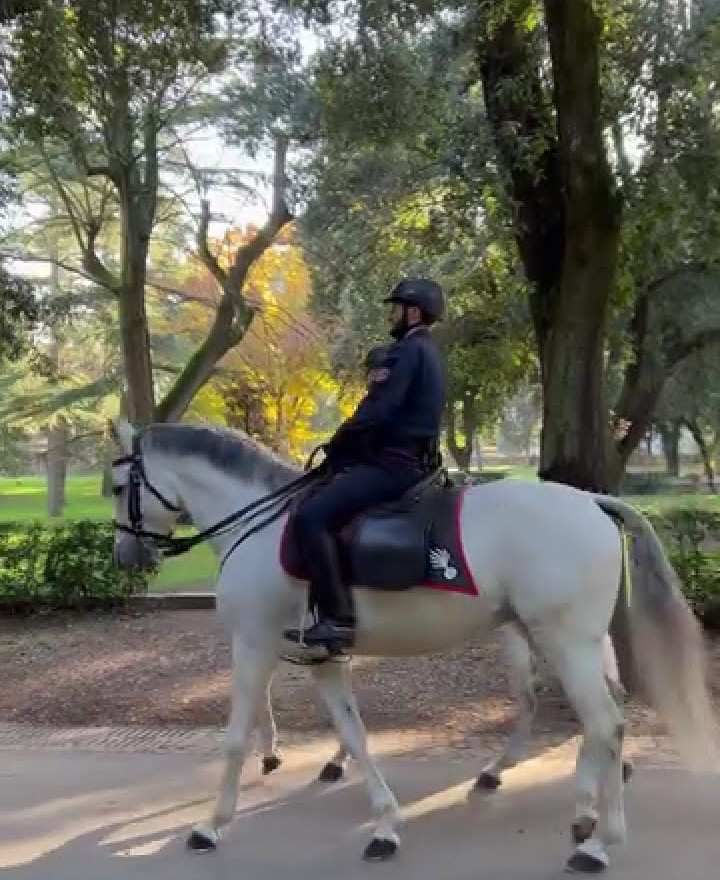
Lo abbiamo detto tante volte e non ci stancheremo di ripetere che una semplice passeggiata tra i luoghi in cui viviamo, o che visitiamo quando siamo in viaggio, può diventare un'esperienza emozionante. Questo accade ogni volta che apriamo gli occhi e ci concentriamo sui dettagli, quelli che raccontano il volto nuovo della città, del paese o del Paese. Ed è proprio quello che accade quando si cammina per le strade di Roma, quando il rumore del traffico e il rumore delle persone che riempiono le vie centrali diventano un lontano ricordo. È allora che possiamo scoprire un paese diverso, unico e ancora più bello di come lo conosciamo. Le tante strade che attraversano Roma ci permettono di vivere passo dopo passo un'esperienza unica. Dalle strade storiche, ampie e grandiose, alle strade strette e acciottolate che ci conducono nel cuore di un quartiere antico ed emozionante. E poi c'è la Passeggiata del Gelsomino, un percorso pedonale nel centro della città lontano dai principali percorsi turistici, che permette di osservare lentamente le parti più interessanti della capitale e di esaminare i monumenti. ricordi provenienti da altre parti.
We have said it many times and we will not tire of repeating that a simple walk among the places we live, or visit when we are traveling, can become an exciting experience. This happens whenever we open our eyes and focus on the details, the ones that tell the new face of the city, town, or country. And that is exactly what happens when we walk the streets of Rome, when the noise of traffic and the noise of people filling the central streets become a distant memory. It is then that we can discover a different, unique and even more beautiful country than we know it. The many streets that crisscross Rome allow us to enjoy a unique experience step by step. From the wide and grand historic streets to the narrow cobblestone streets that lead us into the heart of an ancient and exciting neighborhood. And then there is the Jasmine Walk, a pedestrian route in the city center away from the main tourist routes, which allows us to slowly observe the most interesting parts of the capital and examine monuments. memories from elsewhere.
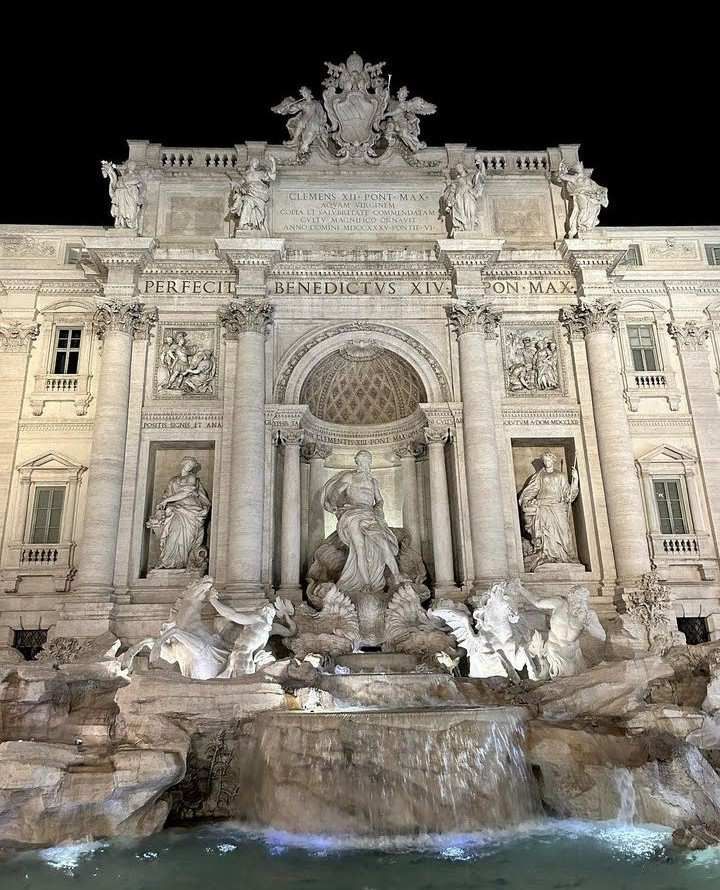
Il viaggio di Gelsomino
Viviamo vicino a St. Pietro, una delle piazze più famose ed emblematiche del Bel Paese. È proprio qui che la romantica, interessante ed emozionante strada che l'attraversa è, come suggerisce il nome, formata da bellissimi fiori di gelsomino.
Il periodo più spettacolare dell'anno è in realtà l'inizio dell'estate, perché è allora che i fiori di gelsomino sbocciano in tutta la loro bellezza sulla Jasmine Walk. Ma tutti i percorsi sono così spettacolari ed emozionanti da regalare un'emozione speciale in ogni periodo dell'anno.
Jasmine's journey
We live near St. Peter's, one of the most famous and emblematic squares in the Bel Paese. It is here that the romantic, interesting and exciting street that runs through it is, as the name suggests, made up of beautiful jasmine flowers.
The most spectacular time of year is actually the beginning of summer, because that is when the jasmine flowers bloom in all their beauty on the Jasmine Walk. But all the paths are so spectacular and exciting that they provide a special thrill at any time of the year.
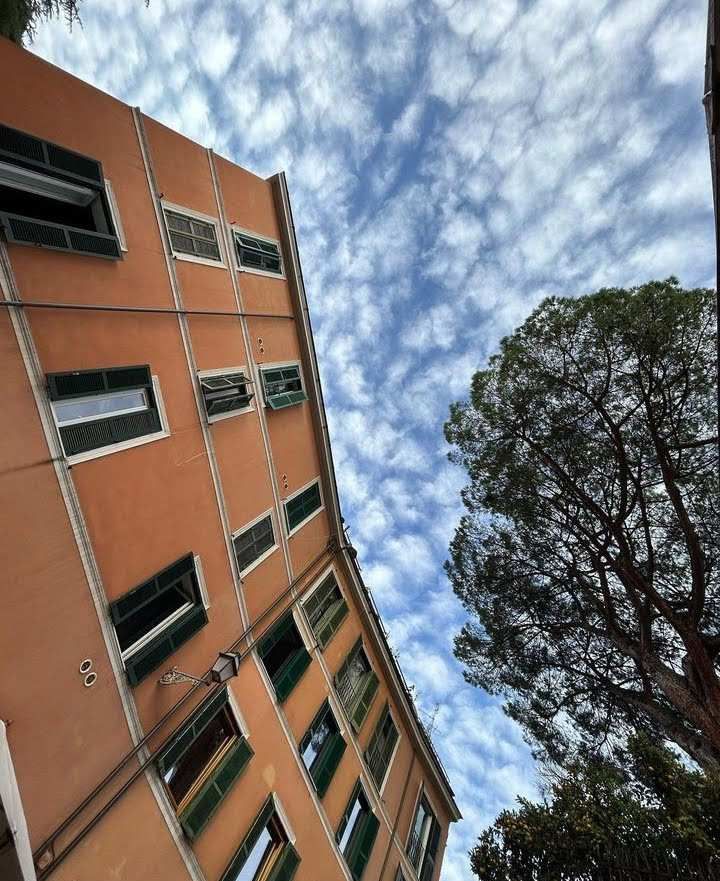
Questa via pedonale frequentata dai cittadini, e poco conosciuta dai turisti, nasce dalle ceneri della vecchia banchina abbandonata, della stazione ferroviaria di San Pietro. Costruite nel 1929, le Ferrovie Vaticane furono progettate per fornire un collegamento tra lo Stato Pontificio e il Regno d'Italia.Tuttavia, nel corso degli anni, l'utilizzo della ferrovia è diminuito fino a non essere
più utilizzata. In occasione del Giubileo del 2000, la prima piattaforma è stata trasformata nella Passeggiata del Gelsomino, una breve via dal panorama unico che si apre direttamente sulla grande cupola di San Pietro. Basilica di Pietro.
This pedestrian street frequented by citizens, and little known by tourists, was born from the ashes of the old abandoned platform, of St. Peter's railway station. Built in 1929, the Vatican Railways were designed to provide a link between the Papal States and the Kingdom of Italy.However, over the years, use of the railway has declined until it is no longer
no longer used. For the Jubilee of 2000, the first platform was transformed into the Passeggiata del Gelsomino, a short street with a unique view that opens directly onto the great dome of St. Peter's Peter's Basilica.
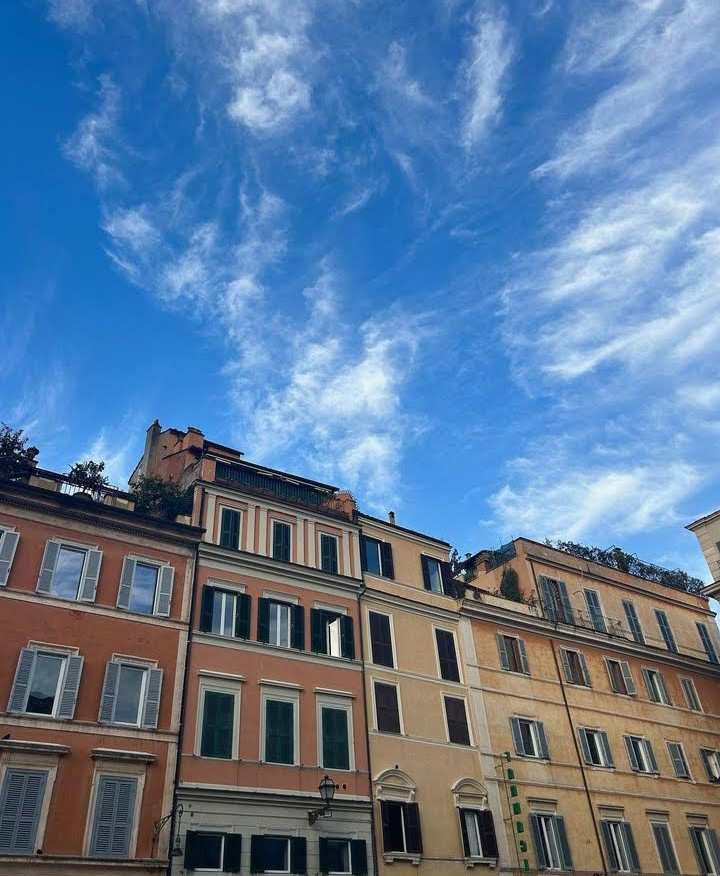
La strada, che percorre circa 500 metri, è considerata dagli autoctoni come una delle più magiche e romantiche della città. Il consiglio è di percorrere tutto il percorso lentamente, guardando sempre tutto ciò che vi circonda: la vista da qui è davvero spettacolare.
Un viaggio insolito, ricco di curiosità, aneddoti, leggende e informazioni storiche, che parte dalla Basilica di San Bartolomeo sull'Isola Tiberina e inizia nel cuore del ghetto ebraico, Tutto è e Rione Sant'Angelo. Il più piccolo di Roma, realizzato da Papa Benedetto XIV
The street, which runs about 500 meters, is considered by natives to be one of the most magical and romantic in the city. The advice is to walk the entire route slowly, always looking at everything around you: the view from here is truly spectacular.
An unusual journey, full of curiosities, anecdotes, legends and historical information, which starts from the Basilica of San Bartolomeo on Tiber Island and begins in the heart of the Jewish ghetto, Tutto è and Rione Sant'Angelo. The smallest in Rome, made by Pope Benedict XIV
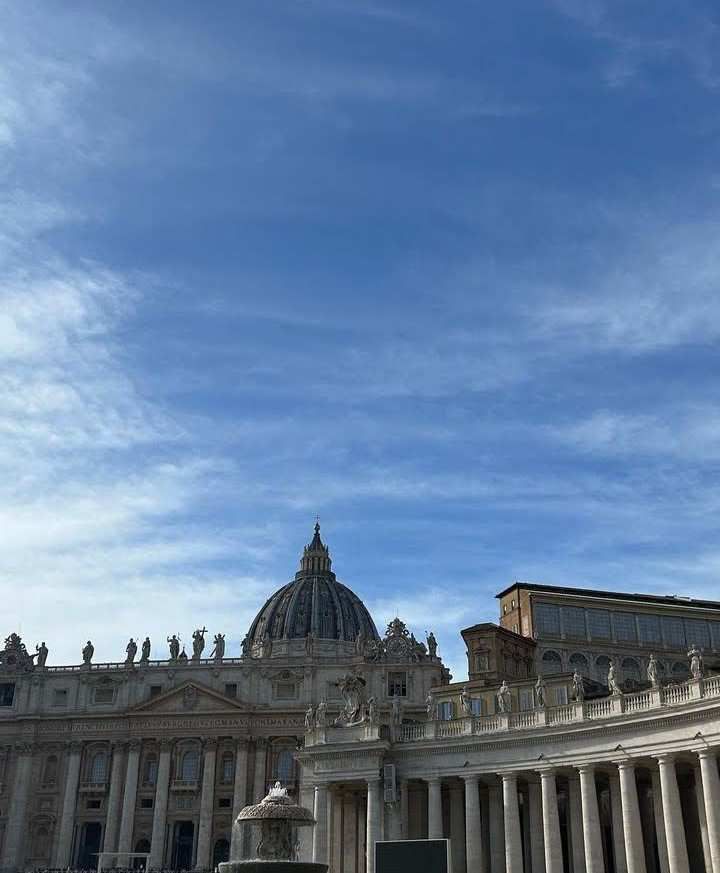
. L'Isola Tiberina prende il nome perché si trova al centro del fiume Tevere, Tevere in latino, corrispondente all'antico guado che un tempo, ancor prima della nascita della città, permetteva di attraversare il fiume a piedi. durante l'estate. Secondo la tradizione, nel III secolo a.C. sorregge il tempio di Esculapio, dio della medicina, e divenne un vero e proprio rifugio per i malati e i moribondi, i quali, mediante doni e sacrifici, si consegnavano al dio per cure miracolose ed impossibili. Ancora oggi i resti del tempio sono pma non è un caso che nel corso della sua storia quest’isola sia rimasta un luogo di salute. Lo dimostrano la presenza dell'antico Lazzaretto Brutto, come veniva chiamato nel Medioevo il rifugio degli appestati, e, più recentemente, dell'ospedale di San Giovanni Calibita o Fatebenefratelli, fondato nel 1574, e dell'ospedale ebraico. , di recente fondazione.
. Tiber Island gets its name because it is located in the middle of the Tiber River, Tiber in Latin, corresponding to the ancient ford that once, even before the city was founded, allowed people to cross the river on foot. during the summer. According to tradition, in the 3rd century B.C. it supported the temple of Aesculapius, god of medicine, and became a veritable refuge for the sick and dying, who, through gifts and sacrifices, surrendered themselves to the god for miraculous and impossible cures. Even today the remains of the temple are pma is no accident that throughout its history this island has remained a place of health. This is evidenced by the presence of the ancient Lazzaretto Brutto, as the refuge of plague victims was called in the Middle Ages, and, more recently, the hospital of San Giovanni Calibita or Fatebenefratelli, founded in 1574, and the Jewish Hospital. , recently founded.

Abbiamo lasciato l'isola Tiberina, che ha una storia millenaria, per attraversare il Ponte Fabricio, che fu costruito nel 62 a.C. dal guardiano del viarum Lucius Fabricius e ancora ben conservato, entrando nella via del "serraglio" o ghetto ebraico, sulla riva sinistra del Tevere, che fu creato dal papà "cum nimis absurdum" del 1555. Paolo IV Carafa , il ghetto ospitava la minoranza ebraica di Roma, che risale a tempi antichissimi: basti pensare che le più antiche catacombe ebraiche della città risalgono al II secolo a.C.! Gli ebrei, che fino ad allora vivevano liberamente in città e svolgevano il loro lavoro, si trovarono improvvisamente costretti in un piccolo quartiere di soli 3 ettari, nella stanza caduta nell'oscurità, col rischio di ulteriori distruzioni. Le esondazioni del Tevere diedero al territorio romano l'altura e la mancanza di ripari.
We left the Tiber Island, which has a history dating back thousands of years, to cross the Fabricius Bridge, which was built in 62 B.C. by the viarum guardian Lucius Fabricius and still well preserved, entering the street of the “seraglio” or Jewish ghetto, on the left bank of the Tiber, which was created by Pope “cum nimis absurdum” in 1555. Paul IV Carafa , the ghetto housed Rome's Jewish minority, which dates back to ancient times: suffice it to say that the oldest Jewish catacombs in the city date back to the second century B.C.! The Jews, who until then had been living freely in the city and carrying out their work, suddenly found themselves forced into a small neighborhood of only 3 hectares, in the room falling into darkness, at the risk of further destruction. The flooding of the Tiber gave the Roman territory the high ground and lack of shelter.

Penose anche le condizioni imposte dal Papa: non si può lasciare il ghetto dopo il tramonto se c'è un reato specifico, non si può possedere beni immobili, non si può svolgere attività personali serie, come fare il notaio o l'avvocato. , Essendo costretta a fare un cerchio con un logo che viene posto sul vestito. Le attività che potevano svolgere nei quartieri migliori: commercio di cuoio, scarpe e vestiti usati, commercio del pesce sporco pescato nel Tevere. L'antico ghetto fu distrutto dopo l'annessione di Roma al Regno d'Italia nel 1870, e al suo posto furono costruiti 4
Also painful are the conditions imposed by the Pope: one cannot leave the ghetto after dark if there is a specific crime, one cannot own real estate, one cannot engage in serious personal activities, such as being a notary or a lawyer. , Being forced to make a circle with a logo that is placed on the dress. The activities they could carry out in the better neighborhoods: trade in leather, used shoes and clothes, trade in dirty fish caught in the Tiber. The old ghetto was destroyed after Rome was annexed to the Kingdom of Italy in 1870, and in its place were built 4
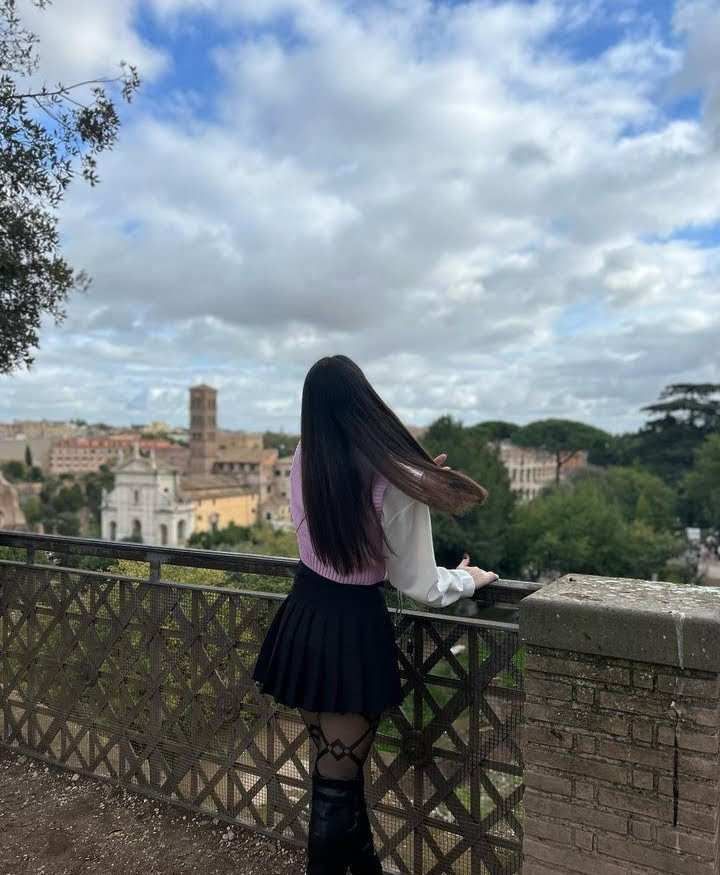
isolati disposti in modo formale, uno dei quali è quello della Cattedrale, o Tempio Maggiore, che fu portato al Ebrei all'inizio del XX secolo. secolo. . Passeggiando tra gli ambienti suggestivi e romantici rimasti nel ghetto originario dopo la dichiarazione del XIX secolo, ci soffermeremo su dettagli di grande interesse, come la cosiddetta pietra d'inciampo, o meravigliose opere d'arte come la famosa Tartaruga. La fontana, opera di Giacomo della Porta, Taddeo Landini e Gian Lorenzo Bernini, e il Portico di Ottavia, costruito nel 23 a.C. dall'imperatore Ottaviano Augusto in onore dell'amata sorella. Ma non ricorderemo l'evento più recente e più triste accaduto nel quartiere, un momento indelebile nella storia del nostro Paese, come il raduno di oltre 1000 persone da parte dei tedeschi il 16 ottobre 1943 e la deportazione AD AUSCHWITZ CELEBRAZIONE DEL 25 APRILE E FESTIVAL DELLA RESISTENZA A ROMA
formally arranged blocks, one of which is that of the Cathedral, or Major Temple, which was brought to the Hebrews in the early 20th century. century. . As we stroll through the atmospheric and romantic surroundings that remained in the original ghetto after the declaration of the 19th century, we will linger over details of great interest, such as the so-called stumbling stone, or wonderful works of art such as the famous Turtle. Fountain, the work of Giacomo della Porta, Taddeo Landini and Gian Lorenzo Bernini, and the Portico of Octavia, built in 23 B.C. by Emperor Octavian Augustus in honor of his beloved sister. But we will not remember the most recent and saddest event that happened in the neighborhood, an indelible moment in the history of our country, such as the rounding up of more than 1,000 people by the Germans on Oct. 16, 1943, and the deportation TO AUSCHWITZ CELEBRATION OF APRIL 25 AND FESTIVAL OF RESISTANCE IN ROME
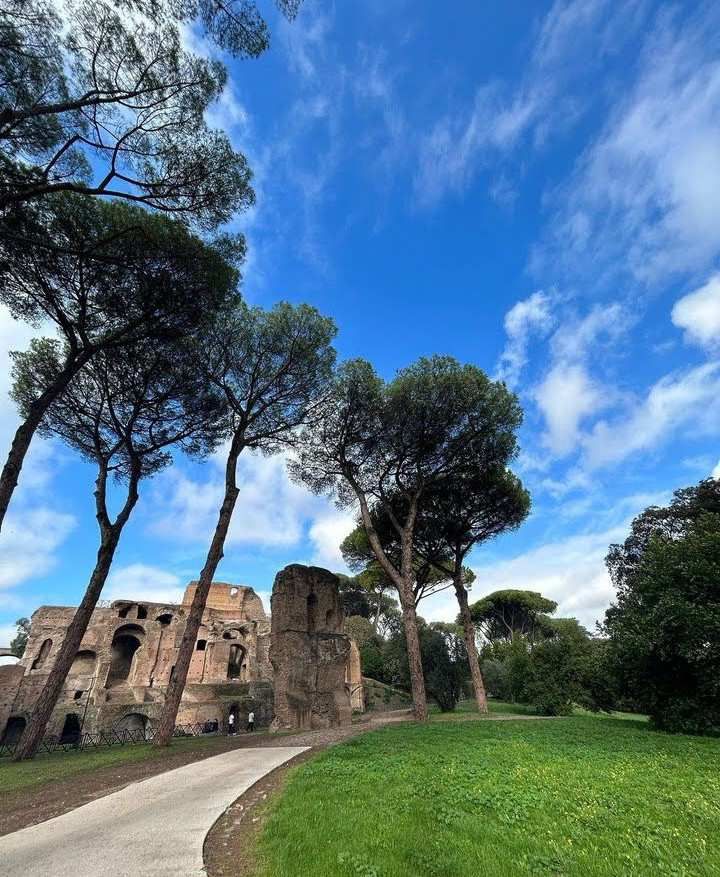
.
Nella primavera del 1945, una coalizione di forze alleate e partiti politici portò gradualmente alla liberazione dell’intero paese dai nazisti. Al termine della Seconda Guerra Mondiale, per celebrare la Festa dell'Indipendenza venne scelta la data simbolica del 25 aprile, giorno in cui il Comitato Nazionale per l'Indipendenza dell'Alta Italia annunciò un'insurrezione generale nelle regioni ancora occupate. A Roma la cerimonia di apertura e la deposizione della corona d'alloro nel Santuario del Milite Ignoto da parte del Presidente della Repubblica e delle più alte cariche in omaggio ai caduti delle Fosse Ardeatine. Il percorso storico organizzato dall'ANPI - Associazione Nazionale Partigiani d'Italia ha tradizionalmente come principale punto d'appoggio Porta San Paolo, dove, l'8 settembre 1943, soldati e civili tentarono di fermare l'esercito tedesco combattendo una seconda giornata.
In the spring of 1945, a coalition of Allied forces and political parties gradually led to the liberation of the entire country from the Nazis. At the end of World War II, the symbolic date of April 25 was chosen to celebrate Independence Day, the day on which the National Committee for the Independence of Upper Italy announced a general insurrection in the still occupied regions. In Rome, the opening ceremony and the laying of a laurel wreath at the Shrine of the Unknown Soldier by the President of the Republic and the highest officials in tribute to the fallen of the Fosse Ardeatine. The historical route organized by ANPI - Associazione Nazionale Partigiani d'Italia traditionally has as its main support point Porta San Paolo, where, on September 8, 1943, soldiers and civilians attempted to stop the German army fighting a second day.
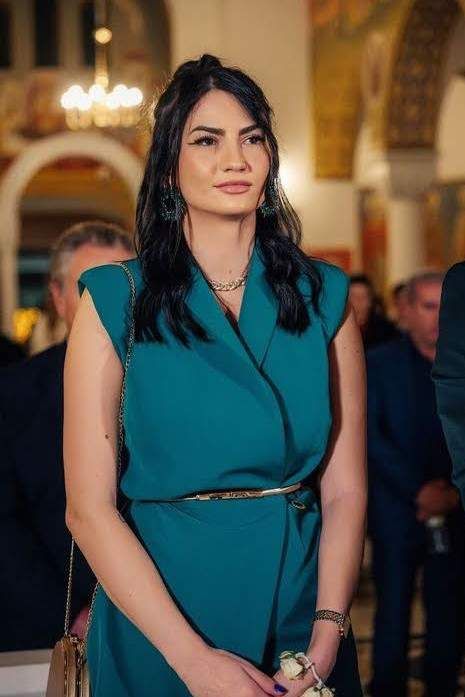
Dal 23 al 25 aprile Roma Capitale celebra la Liberazione d'Italia con la Festa della Resistenza, tre giorni di eventi a ingresso gratuito e 80 eventi tra corsi, incontri, mostre, film, mostre ed esposizioni nei diversi spazi del V e VII Comune. Il salone della città, di storici, scienziati, giornalisti, artisti racconterà al pubblico uno dei periodi più alti della storia d'Italia. Una selezione di spettacoli ed esperienze immersive da non perdere:
Raffaello, Tiziano, Rubens. Dipinti nella Galleria Borghese a Palazzo Barberini - Palazzo Barberini - Una mostra unica e unica che presenta cinquanta dipinti di alcuni dei più grandi artisti di tutti i tempi, trasferiti dalla Galleria Borghese all'Ala Sud al piano terra di Palazzo Barberini. , facendo interagire storia, arte e cultura tra due meravigliose collezioni.
From April 23 to 25, Roma Capitale celebrates the Liberation of Italy with the Festa della Resistenza, three days of events with free admission and 80 events including courses, meetings, exhibits, films, shows and exhibitions in the different spaces of the Fifth and Seventh Municipalities. The city's hall of historians, scientists, journalists and artists will tell the public about one of the highest periods of Italy's history. A selection of shows and immersive experiences not to be missed:
Raphael, Titian, Rubens. Paintings in the Borghese Gallery at Palazzo Barberini - Palazzo Barberini - A unique and one-of-a-kind exhibition featuring fifty paintings by some of the greatest artists of all time, transferred from the Borghese Gallery to the South Wing on the ground floor of Palazzo Barberini. , making history, art and culture interact between two wonderful collections.